
AsianOverland.net
Tour Guide - Itinerary
Asian Overland Sydney to London
Started 22/06/2022 Finished 21/06/2023365 Days ITINERARY
Day 64 date 24/08/2022ANGKOR WAT to PHNOM PENH, CAMBODIA
ASIANOVERLAND.NET SYDNEY TO LONDON DAY 64: ANGKOR WAT TO PHNOM PENH, CAMBODIA
Khmer people are known as Cambodian people, and comprise over 90% of Cambodia's population of 17 million. They speak the Khmer language, which is part of the larger Austroasiatic-language family found in parts of Southeast Asia (including Vietnam, Laos and Malaysia), parts of India, parts of Bangladesh, parts of Southern China and numerous islands in the Indian Ocean.
The majority of the Khmers follow Theravada Buddhism, Buddhism's oldest existing school. Significant populations of Khmers live in border areas of Thailand (Northern Khmer) and the Mekong Delta region, which was annexed by Vietnam in 1832 (and not treated as part of Cambodia by the French when it decolonised from Indochina in 1953 and 1954). There are over one million Khmers in the Khmer diaspora living mainly in France, the United States, and Australia.
On the banks of the Tonlé Sap, Upper and Lower Mekong, and Bassac Rivers, Phnom Penh is home to more than 2.3 million people, approximately 14% of the Cambodian population.
Phnom Penh (“Penh's Hill') takes its name from the present Wat Phnom ('Hill Temple'). It was part of the former Funan Kingdom, an ancient kingdom that existed from 1st to 7th century AD in Southeast Asia, and was the forerunner of the current Cambodian monarchy.
Legend has it that in 1372, a wealthy widow named Penh found a Koki tree floating down the Tonlé Sap river after a storm. Inside the tree were four bronze Buddha statues and a stone statue of Vishnu. Penh ordered villagers to raise the height of the hill northeast of her house and used the Koki wood to build a temple on the hill to house the four Buddha statues, and a shrine for the Vishnu image slightly lower down. The temple became known as Wat Phnom Daun Penh, which is now known as Wat Phnom.
Phnom Penh was founded in 1434 to succeed Angkor Wat (Angkor Thom) as the capital of the Khmer nation, but was abandoned in 1497 before being re-established in 1865 by King Norodom. The city functioned as a processing centre, with textiles, pharmaceuticals, machine manufacturing, and rice milling.
During the 19th century, the kingdom of Cambodia had been reduced to a vassal state of the Kingdom of Siam, which had annexed its western provinces, including Angkor, while the growing influence from the Vietnamese Nguyễn dynasty threatened the eastern areas.
After the French established a colony in Cochinchina (South Vietnam) in 1862, King Norodom of Cambodia was forced to sign a treaty acknowledging a French protectorate over his kingdom on 11 August 1863. Under the treaty, the Cambodian monarchy remained in principle, but real power was vested in a French resident general housed in Phnom Penh. France was also in charge of Cambodia's foreign and trade relations, and provided "military protection". Siam later recognised the French protectorate after France ceded the Cambodian province of Battambang and recognised Thai control of Angkor, decimating Cambodia.
Once known as the "Pearl of Asia", Phnom Penh was one of the best French-built cities in Indochina in the 1920’s, with colonial-era buildings scattered along grand boulevards.
Phnom Penh has been the Cambodian capital since the 1863 French protectorate of Cambodia, and has grown to become the nation's economic, industrial, and cultural centre.
After the Fall of France in 1940, Cambodia and the rest of French Indochina were ruled by the Axis-puppet Vichy France government. Despite the Japanese invasion of French Indochina, Japan allowed French colonial officials to remain in their colonies under Japanese supervision. In December 1940, the French-Thai War erupted, and Japan compelled the French to cede Battambang, Sisophon, Siem Reap (excluding Siem Reap town) and Preah Vihear provinces to Thailand.
During the American (Vietnam) War, Cambodia was ferociously and relentlessly bombed by America, which dropped more bombs on Cambodia than it dropped during World War 11. To this day, innocent Cambodians are still being killed or maimed by the huge number of unexploded bombs including cluster bombs dropped by America on Cambodia during the American (Vietnam) War.
The Americans launched a coup against King Norodom Sihanouk in 1970 and replaced him with its puppet, General Lon Nol. The Cambodian monarchy had surrvived for nearly 2,000 years since 68 AD until 1970 when the Americans removed King Norodom Sihanouk.
The King's removal meant that Cambodia was "America's friend" after 1970, but as Henry Kissinger said:
“It may be dangerous to be America's enemy, but to be America's friend is fatal.”
General Lon Nol's American backed government from 1970 to 1975 was so corrupt that the Cambodians were induced to believe Pol Pot's Khmer Rouge would be better.
General Lon Nol himself fled to America, but Pol Pot's brutal regime tortured and murdered America's new and suspected friends, over 3 million Cambodians between 1975 and 1979.
The Cambodians have retained one of Pol Pot's torture prisons in Phnom Penh (photos attached) as a museum. The prison is uncomfortably reminiscent of Auschwitz and the Warsaw Ghetto. Lest we forget (again).
Pol Pot's genocidal policies led to Vietnamese invasion and rule of Cambodia from 1979 to 1989.
Vietnamese rule of Cambodia ended in 1989 when the Chinese invaded North Vietnam with America's blessing to teach Vietnam a lesson and force Vietnam's withdrawal from Cambodia.
Meanwhile, King Norodom Sihanouk lived in exile until he was reinstated as King of Cambodia with United Nations support in 1993. Cambodia has been relatively stable ever since the reinstatement of King Norodom Sihanouk. The King's Palace is a highlight of any visit to Phnom Penh, one of the best Palaces in the world along with Topkapi Palace in Istanbul.
© This work is copyright. Apart from any use permitted under the Copyright Act 1968, no part may be reproduced by any process, nor may any other exclusive right be exercised, without the permission of Peter Searle, peter@portseavillageresort.com; 1980-2024.
Website built by Justin O’Dea www.webdeveloperdocklands.com.au
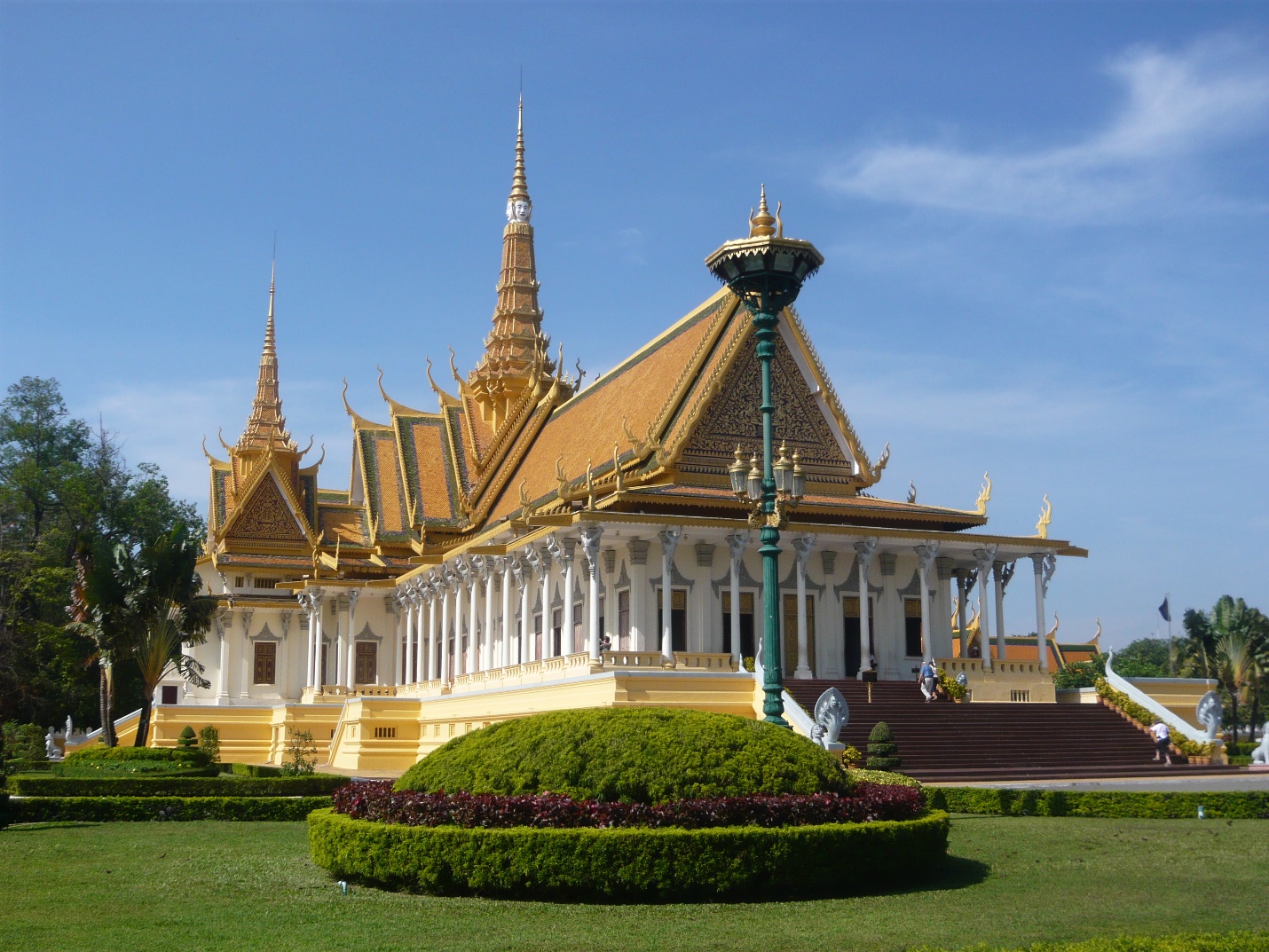
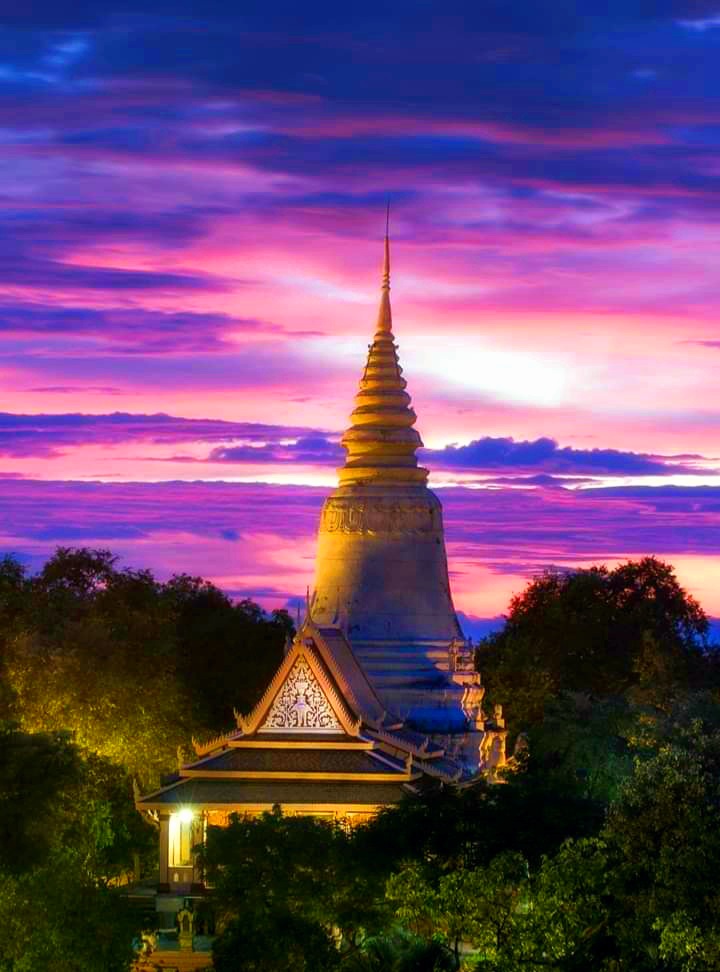
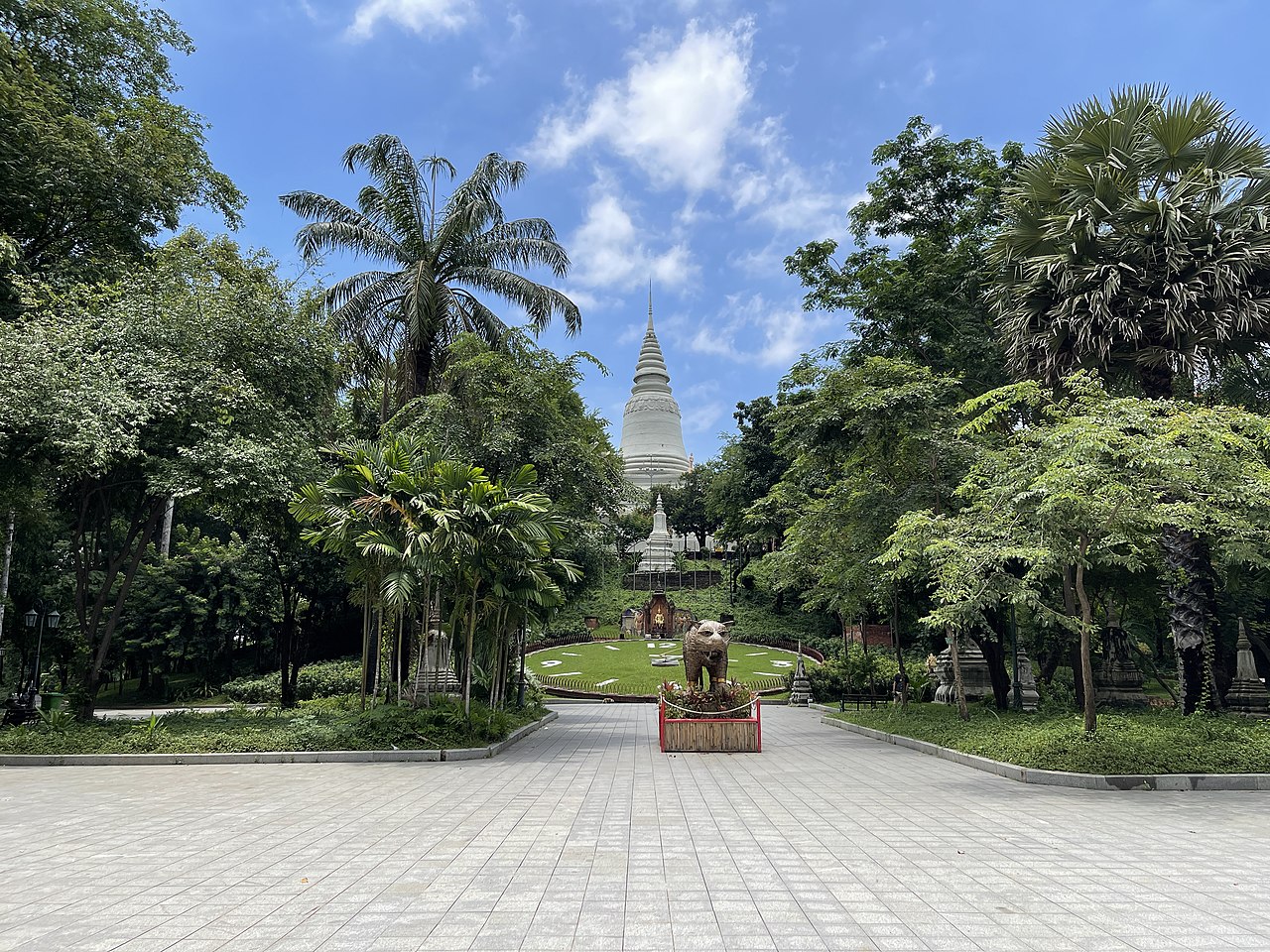
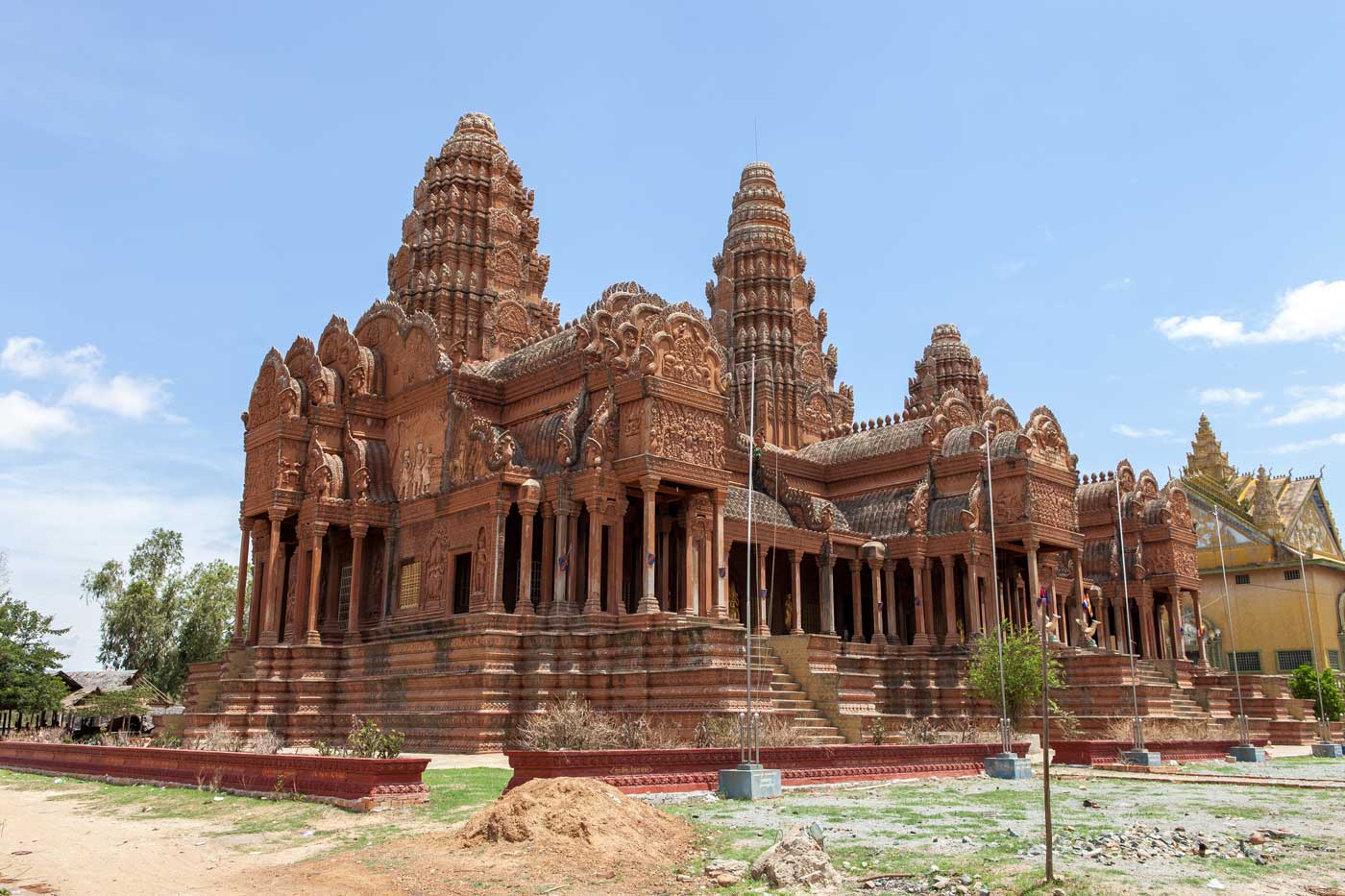
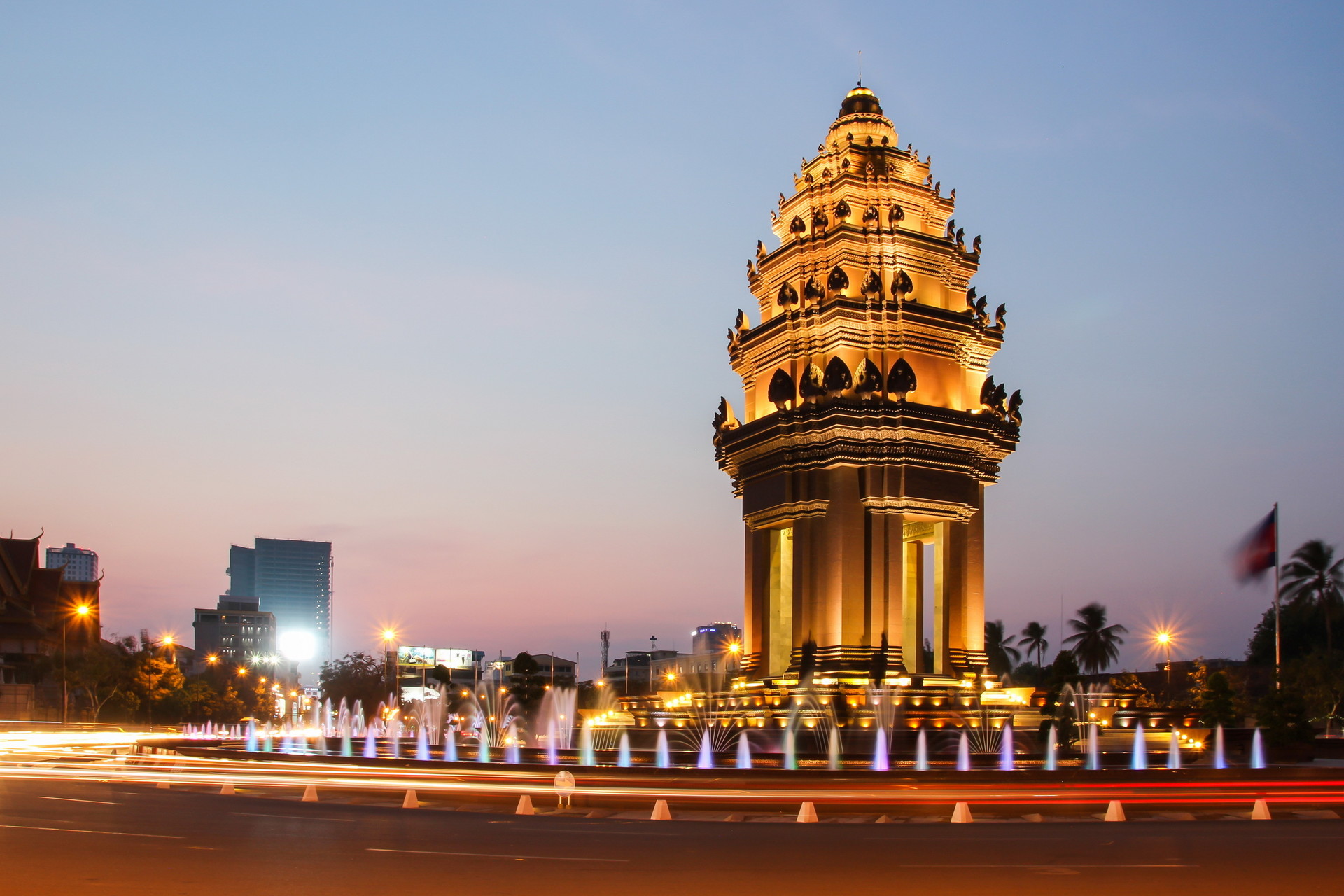
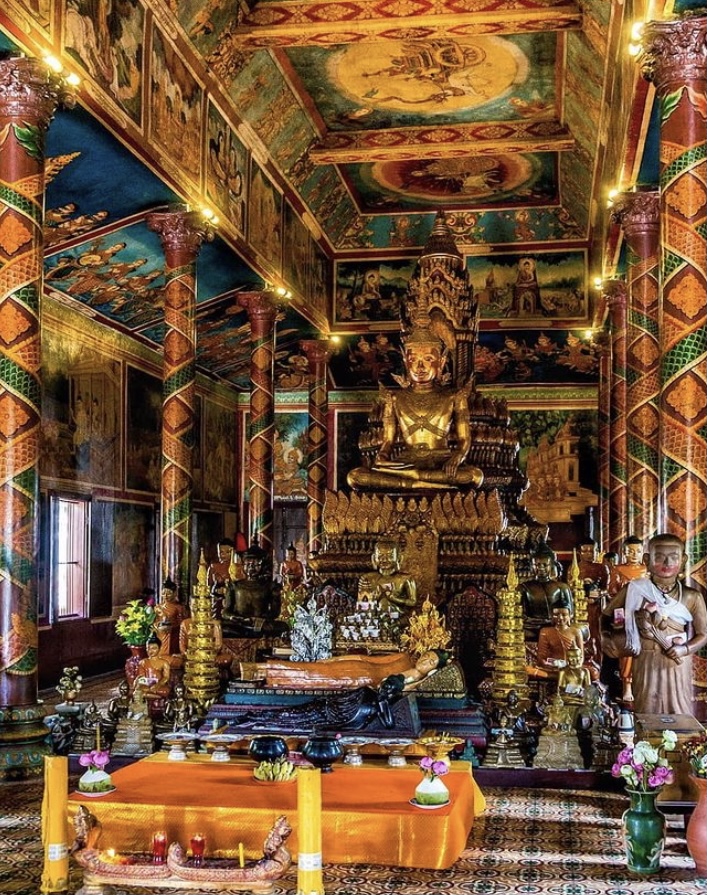
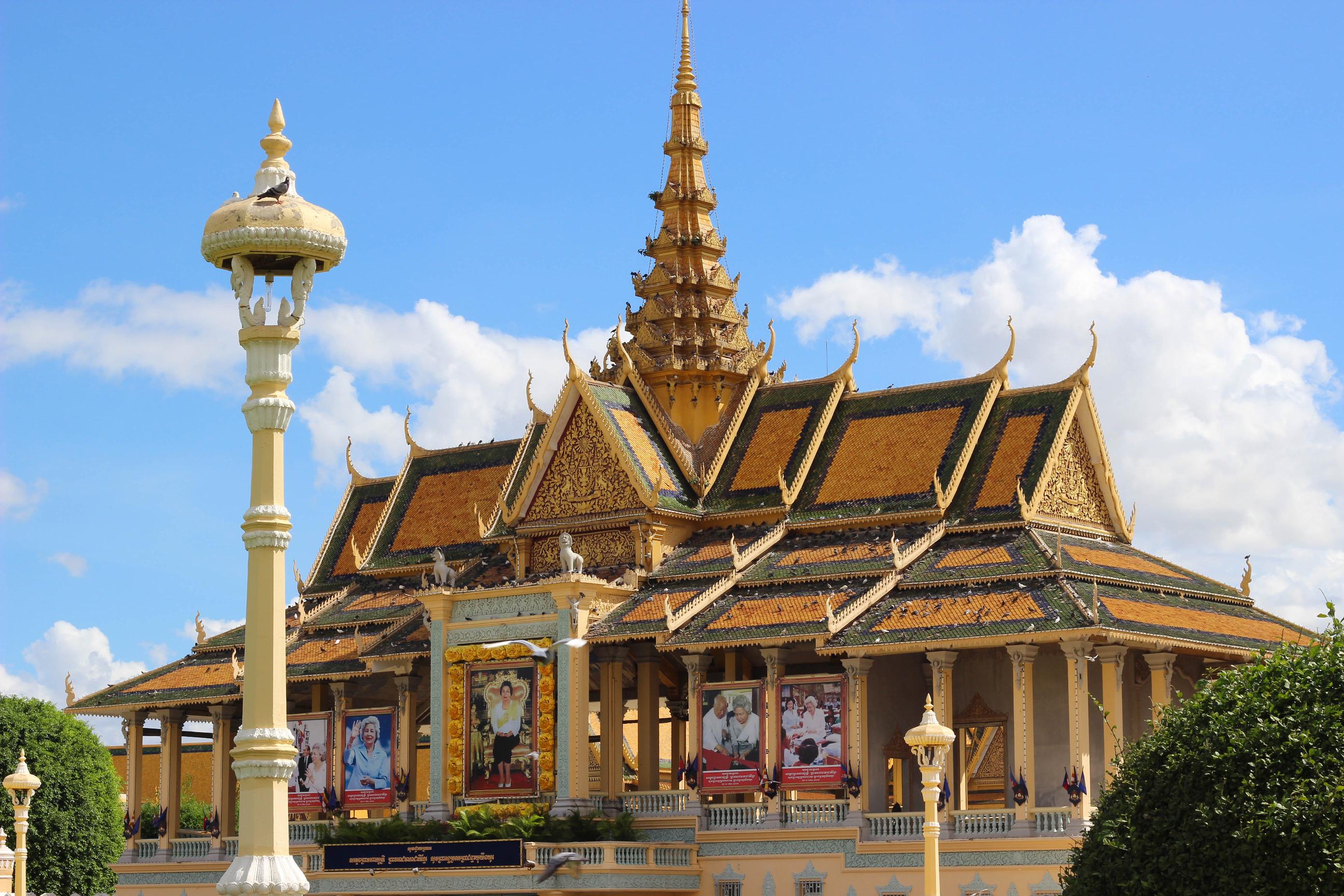
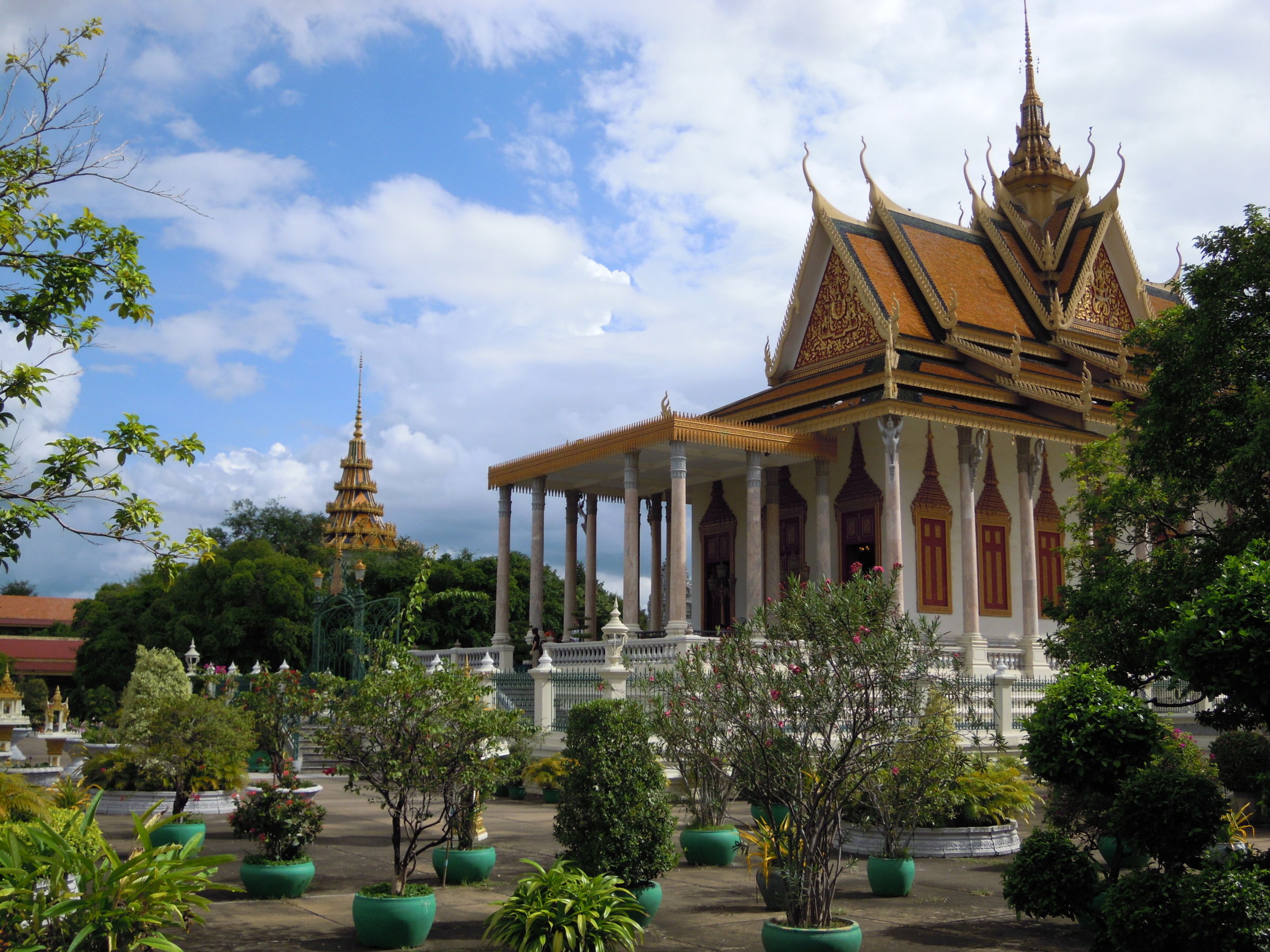
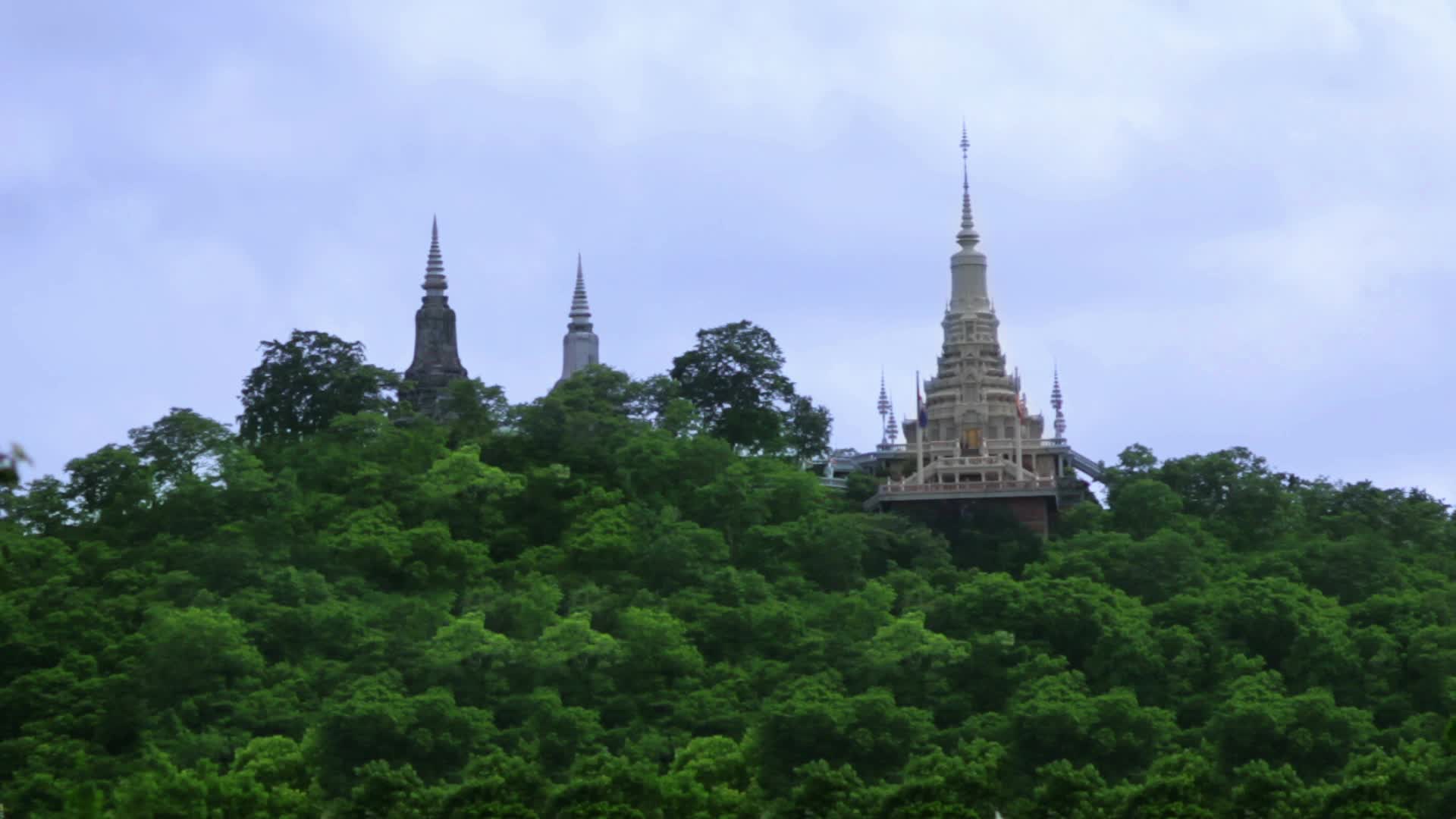
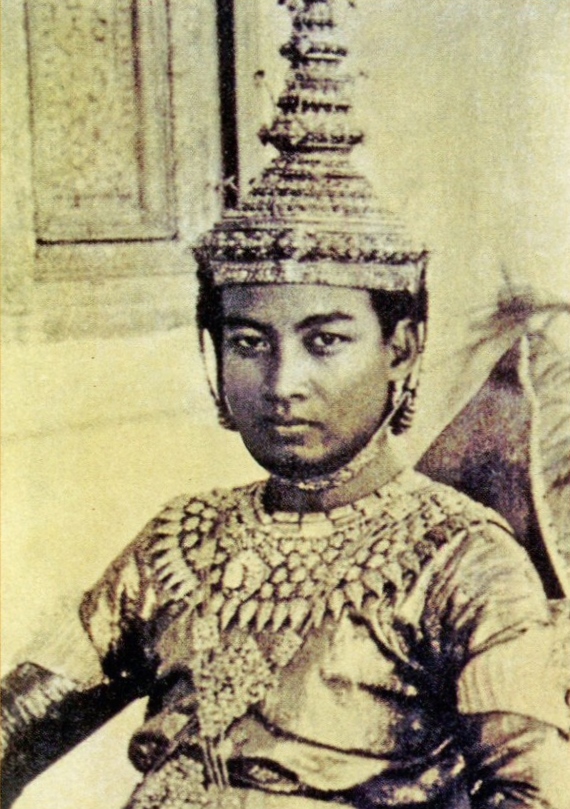

.png)


.jpg)

Deloncle_François_btv1b53025089w.jpg)